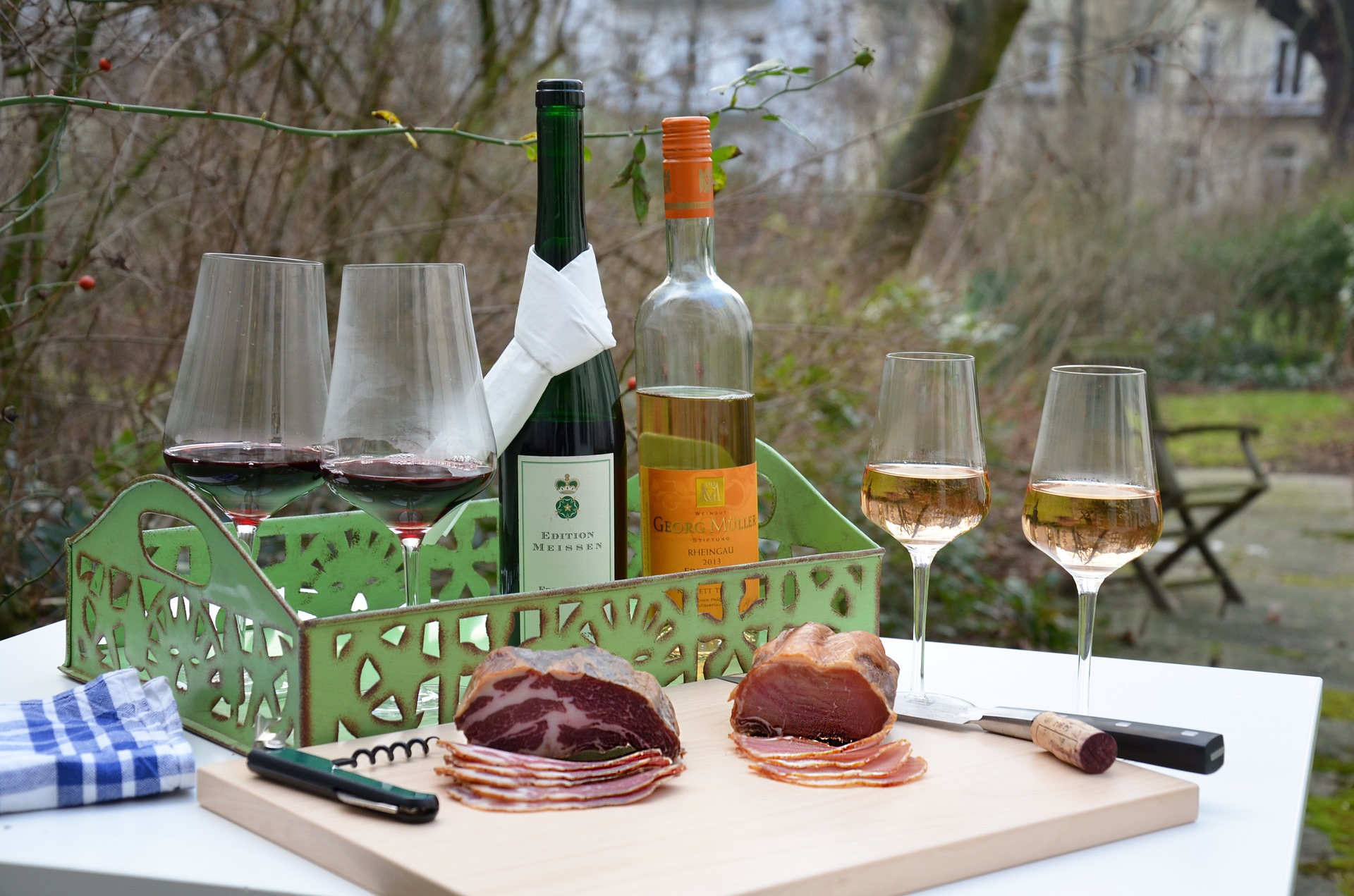What does make a good wine pairing experience?

For some, food and wine pairing are art, for others, a science, and for me, a question of our preferences.
I have reviewed several articles on the topic already. However, the most popular one was about the sommelier journey to develop the skills of choosing an appropriate wine pairing with the meal their guests chose at their establishment [1].
We learned how these sommeliers defined an excellent pairing, how a simple food was sometimes needed to highlight a complex wine, and how building the right social network helps sommeliers learn from their peers the tricks of the trade, or develop their own.

What makes a good wine pairing work was, however, not clear.
This is what this new research attempts to elucidate for us.
What makes food and wine pairings appropriate?
A new investigation
Researchers from UC Davis (USA) and the University of Adelaide (Australia) collaborated on a project [2] with two main questions in mind:
- Is an appropriate food and wine pairing driven by the balance of flavor intensities between the food and the wine, or by the synergy emerging from the combining flavors?
- Does the change in specific sensory attributes explain what people consider a good wine pairing? How do they appreciate it?
The researchers went through a rigorous protocol to select three dishes and two wines.

The meal and wine selection
The selected food items created a full meal,
- Starting by an appetizer: a Pasta dish with a cheese sauce, exhibiting some dairy flavors and mouth-coating feelings,
- The main entree: Braised beef with potato puree, characterized by an intense flavor, savory notes and complex mouthfeel; and
- A dessert: Chocolate mousse, which had a smooth mouthfeel and spicy aromatics, and was, of course, sweet.
The two wines were Australian Shiraz, one produced in a cool-climate region (Canberra District) and one from a warmer area (McLaren Vale).
The researchers invited 108 participants to evaluate the food items first, then the wines, and the six pairings. Each time, people provided the following information:
- How much did they like the item tasted? (i.e., the food, the wine, or the pairing)
- How many different flavors could they perceive when tasting the item?
- How much did they expect to pay for the wine?
When evaluating the wine pairing, participants indicated how appropriate they thought the pairing was, and how balanced it was. The balance score indicated if the wine flavors or the food flavors were dominant, or if the flavors were balanced.
The findings
Which pairing did participants like the most?
People liked the Braised beef entree paired with the McLaren Vale wine the most, followed by the same entree paired with the Canberra wine, and then the Mousse paired with the McLaren Vale wine. They less enjoyed the pasta-wine pairings.
Interestingly, the liking expressed for the food item alone tended to be higher than the liking score for the food paired with any wines.
The participants' food and wine pairings were more liked when the combination was slightly unbalanced in favor of the wine flavor dominating the pair.

Unexpected findings
You may have learned that the food and wine needed to be equivalent in overall flavor intensity to make a good pairing. Not in this case.
Actually, that was also one conclusion of an article I shared about chocolate and wine pairing [3].
In this particular study, the researchers concluded that people's liking for a beverage conditioned the love of this beverage-chocolate pairing. They explained it as such: "beverage features take a greater supporting role than food in the formulation of consumer pair liking judgment."
Another interesting finding was that the more the wine pairing was deemed appropriate, the more people liked the pairing (of course). The more they perceived the flavor and mouthfeel complex. The latter means that the food and wine combinations developed many different notes, which made the experience rich and memorable.
Recommendations to sommeliers and hospitality professionals
- The researchers recommended that the sommeliers let the guests choose the wine(s) first and then suggest the dishes that would pair well with the wine(s). It seems counterintuitive to go dining and choose the wine first; however, the scientific data suggest otherwise.
- The other suggestion is to build the whole menu around the wines selected for an occasion. Winemakers dinners are delightful events because chefs design the menus to showcase the wines with the support of the chosen dishes. I recommend this experience if you have the chance to travel to a wine country in the future.
I love reading your comments and suggestions
Submit them
using this link
Published July 16, 2020
References
[1] How does a sommelier develop skills for creating amazing food and wine pairing?
[2] Marcell Kustos, Hildegarde Heymann, David W. Jeffery, Steve Goodman, Susan E.P. Bastian, Intertwined: What makes food and wine pairings appropriate?, Food Research International,Volume 136, 2020, 109463.
[3] Create a Great Wine and Chocolate Flavor Match Using the Chocolate Wheel


